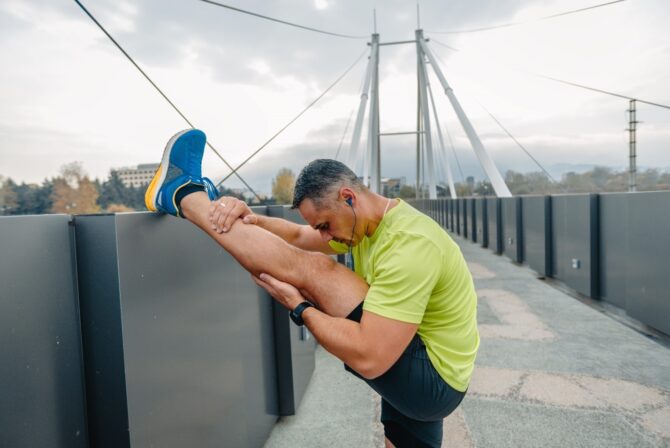As the saying goes, age is just a number, and nowhere is this more evident than in the world of endurance sports. Athletes over the age of 40 are continually defying expectations, achieving remarkable feats in marathons, triathlons, and various other endurance races. The key to their success lies not only in their physical conditioning but also in adopting strategic approaches tailored to their changing bodies. Kevin Morgan of Rochester, NY, delves into effective strategies that can help mature athletes remain competitive, drawing from the latest research and insights from seasoned competitors.
Understanding the Aging Athlete’s Body
The first step in staying competitive in endurance sports after 40 is understanding and accepting the physiological changes that occur with aging. Muscle mass naturally decreases, recovery times extend, and the risk of injuries increases. However, these changes don’t have to spell the end of competitiveness; they merely require adjustments to training and mindset.
Tailored Training Regimens
- Focus on Flexibility and Strength Training: As the body ages, maintaining muscle mass and flexibility becomes crucial. Incorporating strength training into your routine at least twice a week can help preserve muscle and prevent injuries. Exercises like yoga or Pilates can improve flexibility, balance, and core strength, which are essential for endurance sports.
- Prioritize Recovery: Recovery becomes more critical as athletes age. Mature athletes should focus on getting adequate rest, which might mean more days off between intense workouts. Techniques such as foam rolling, massage, and stretching, combined with good nutrition, can enhance recovery and performance.
- Adapt Training Intensity: High-intensity interval training (HIIT) can be particularly beneficial for older athletes because it improves cardiovascular fitness without the prolonged stress of long training sessions. However, it’s important to balance HIIT with low-intensity, steady-state cardio to reduce the risk of overtraining.
Nutrition for Longevity and Performance
Nutrition plays a pivotal role in an athlete’s performance, especially as they age. An anti-inflammatory diet rich in fruits, vegetables, whole grains, and lean proteins can help reduce muscle soreness and speed up recovery. Hydration is also crucial; older athletes might have a diminished thirst response, so it’s important to actively maintain fluid intake before, during, and after exercise.
- Micronutrients Matter: Paying attention to calcium, vitamin D, and omega-3 fatty acids is essential for bone health and reducing inflammation. Supplements may be necessary depending on dietary intake and medical advice.
- Protein Intake: Adequate protein intake supports muscle repair and growth. As one ages, the body becomes less efficient at processing protein, so increasing protein consumption can be particularly beneficial.
Mental Strategies
- Set Realistic Goals: It’s essential to set achievable goals based on current fitness levels. These goals can be related to time, distance, or simply completing a race. Adjusting goals as you age should be seen not as a sign of weakness but a strategic approach to staying active and competitive.
- Stay Mentally Engaged: Sports psychology isn’t just for the young. Techniques like visualization, mindfulness, and cognitive behavioral strategies can help older athletes maintain a competitive edge. Engaging in mental rehearsals of races can prepare one’s mind for the physical challenge and enhance focus during competitions.
Leveraging Experience
Older athletes have the advantage of experience. They can draw on past training and racing experiences to make smarter decisions about pacing, nutrition, and strategy during races. This experience also often leads to better risk management, such as knowing when to push the pace and when to conserve energy.
Community and Social Connections
Staying connected with other athletes can provide motivational and emotional support, which is vital for sustaining long-term participation in sports. Many communities and online platforms offer master’s groups or clubs for older athletes, providing opportunities for training with peers and sharing knowledge and experiences.
Embracing Technology
Technology can be a valuable ally. Fitness trackers and smartwatches can help monitor heart rate, sleep patterns, and activity levels, providing insights that can be used to adjust training plans. Additionally, apps and online resources offer personalized coaching and virtual training programs specifically designed for older athletes.
Competing in endurance races beyond your 40s is not only possible, but it can also be incredibly rewarding. By understanding the physiological changes associated with aging, adapting training and nutrition strategies, leveraging mental and experiential advantages, and embracing community and technology, mature athletes can continue to achieve and even exceed their performance goals. With the right approach, age can indeed remain just a number, with the race track open to all who are willing to adapt and persevere.
